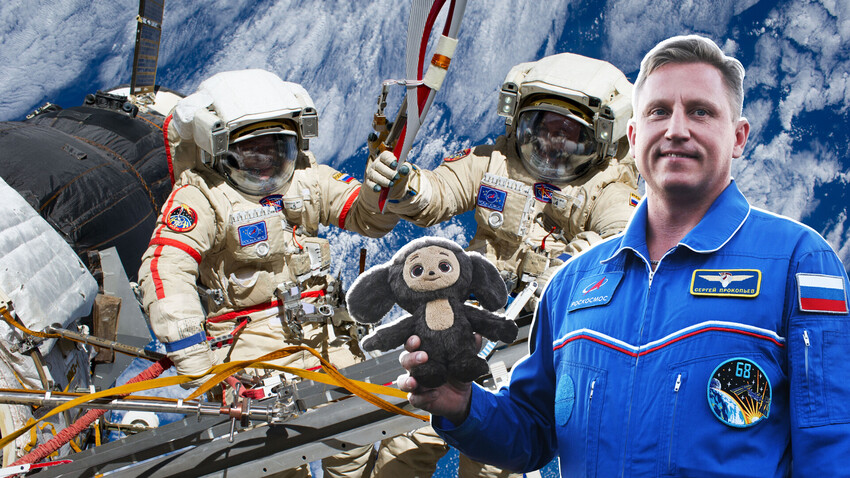
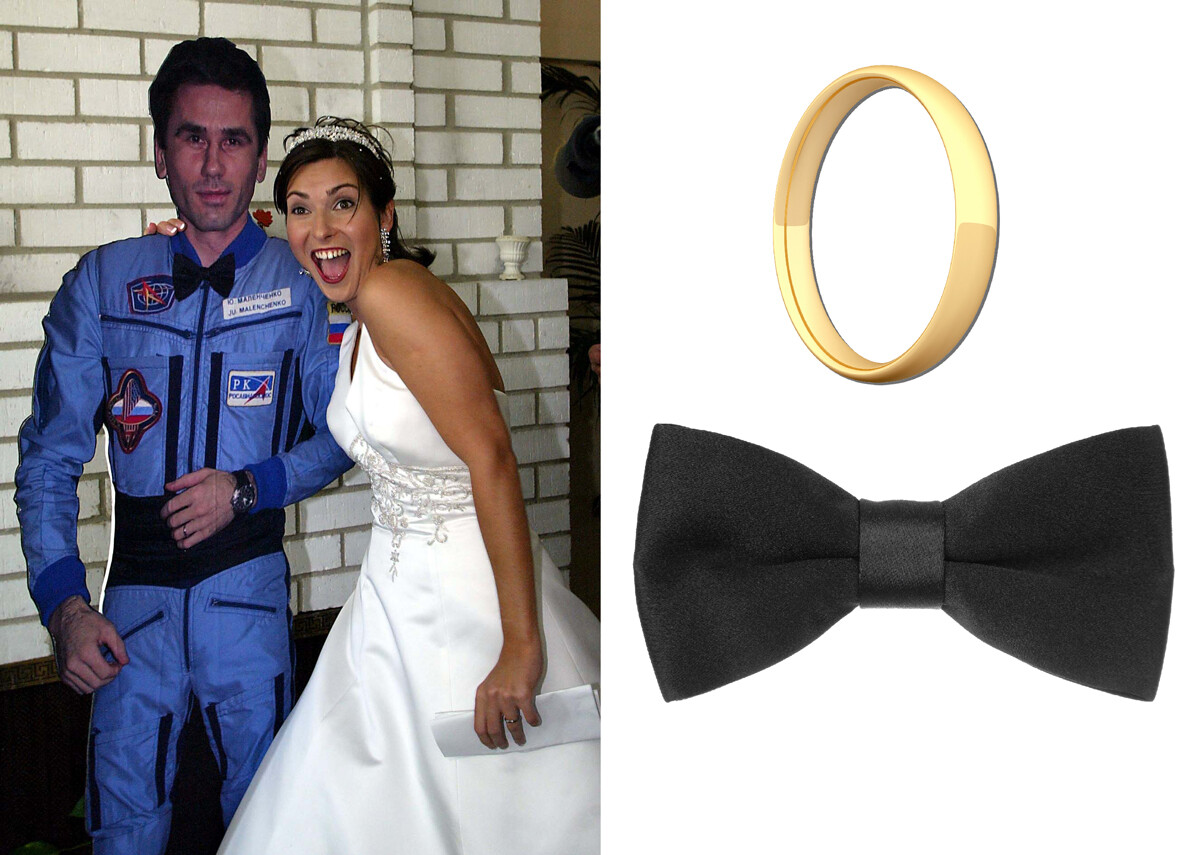
Sometimes, things really are as simple as they appear to be: In 2003, cosmonaut Yuri Malenchenko did, indeed, bring a wedding ring and a bowtie with him for an orbital ceremony – to marry his fiance Ekaterina Dmitriyeva. The event was streamed live by video call, with the newlyweds putting on their own rings. U.S. astronaut Ed Lu played the role of best man (More on the space wedding here!).
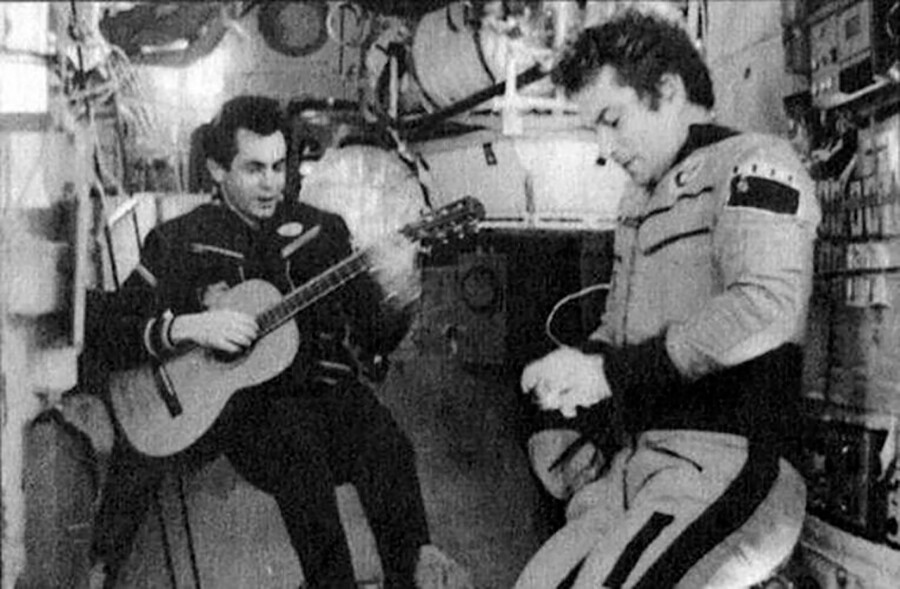
Bringing an instrument into space can be a great way to pass the time (even though it’s very rare!). One of the first to ever do it was Aleksandr Ivanchenkov in 1978. He played guitar for the other crew members aboard the ‘Salyut-6’ space station, after it was delivered by way of a ‘Progress-2’ cargo ship. In order to make the instrument’s sound more palatable in zero gravity, Ivanchenkov loosened the tension on the strings and stuffed the soundhole with polyurethane.
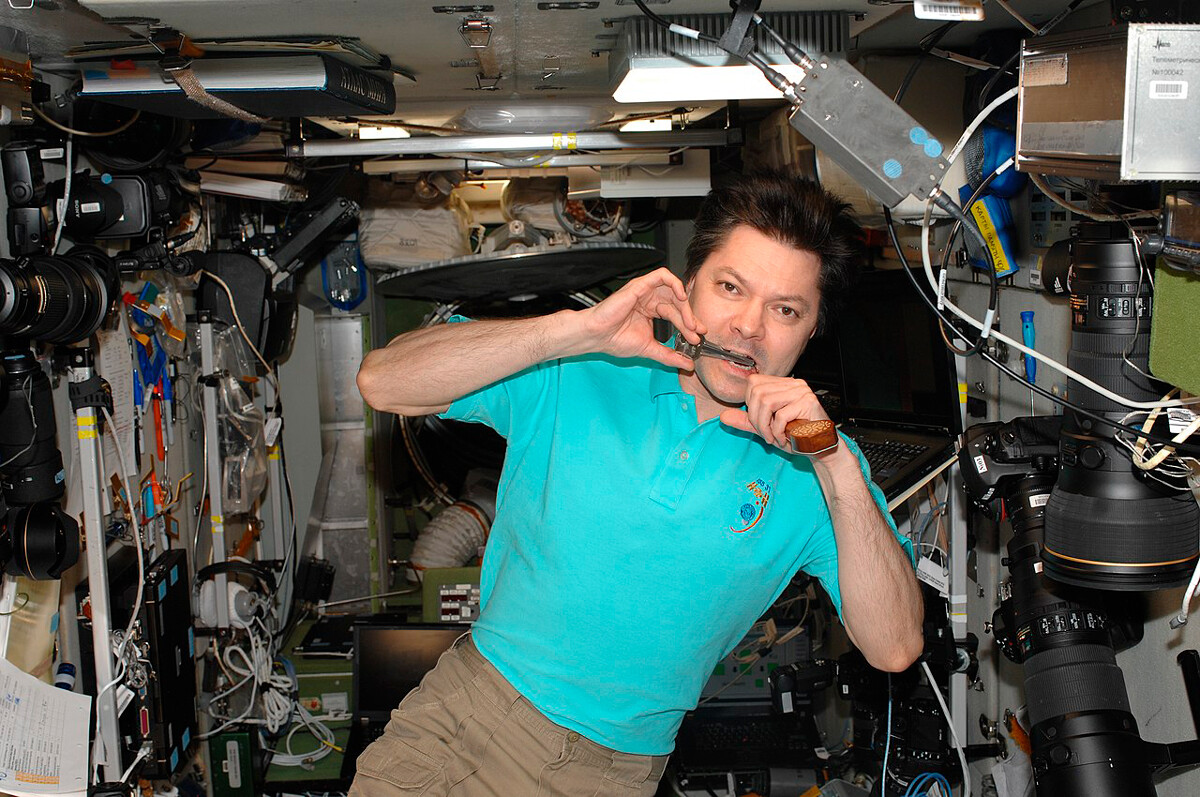
Cosmonaut Oleg Kononenko opted for a more exotic instrument in 2011 – a national Yakutian instrument called the ‘khomus’ – basically a Jew’s harp.
Meanwhile, in 2012, Roman Romanenko brought a harmonica with him. The cosmonaut confessed prior to the flight that he had no idea how to play one, but was committed to learning while aboard the ISS to support his crew mates… Learning an instrument in a contained space where others can’t escape your playing could go one of two ways, we suppose!
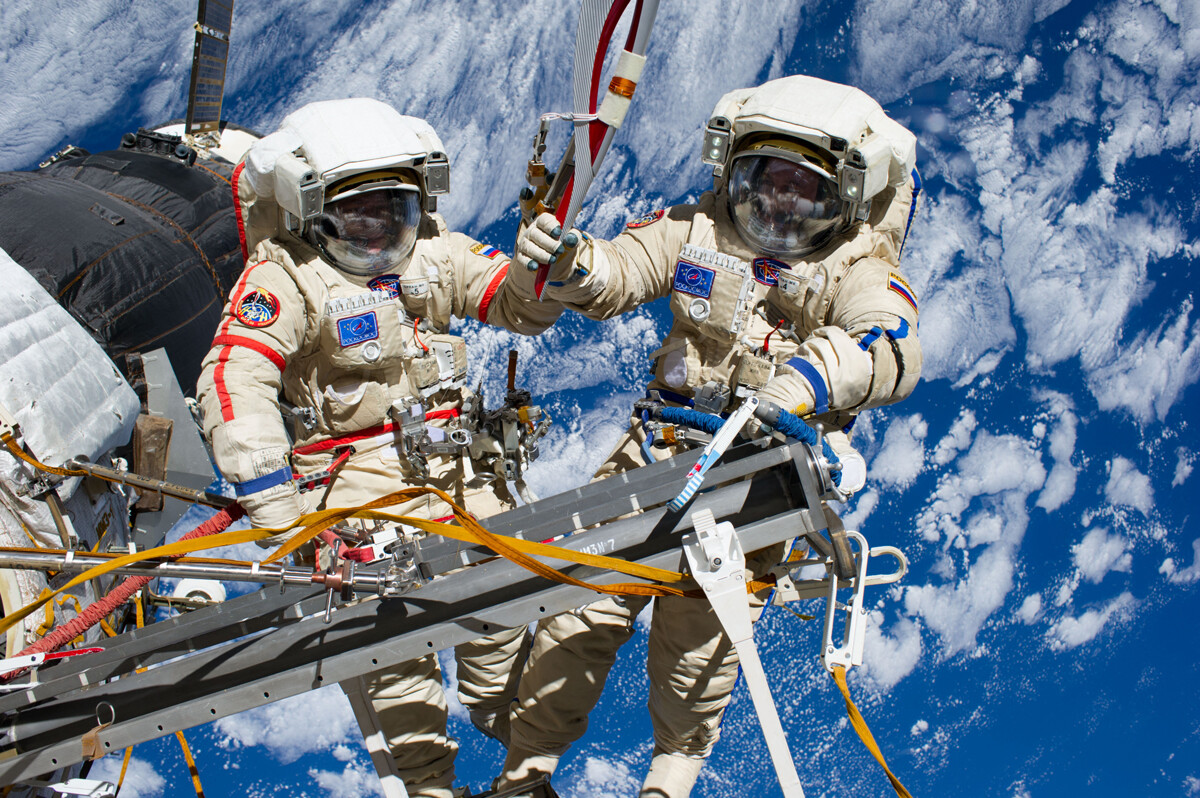
We’re talking about the main symbol of the 2014 Winter Olympic Games, brought aboard the ISS by cosmonauts Oleg Kotov and Sergey Ryazansky: The torch made its way through every section of the station and everyone had the opportunity to hold it; what’s more, they even took it out for a space walk: Kotov and Ryazansky filmed themselves passing it to one another like a baton.

It’s become somewhat of a cosmonaut tradition to bring soft toys along for the ride. The ritual actually has a practical side: When the gravity inside the ship changes, the toys are the first to start floating. This makes it easier for cosmonauts to track the moment the vessel enters the upper layers of the atmosphere and plan their next actions accordingly.
Even the 1980 Olympic mascot – ‘The Olympic Mishka’ (a diminutive form of ‘bear’) – once had the honor. Few know that the bear was actually designed two years before the games, so, in 1978, the stuffed animal found itself aboard the ‘Salyut-6’, delivered there by Vladimir Kovalenok and Aleksandr Ivanchenkov.
Meanwhile, ‘Cheburashka’ – the star of the cartoon of the same name, visited space twice – first in 2016 and again – in 2022, when the toy was personally given by the studio ‘Soyuzmultfilm’ to the commander of the ‘Soyuz MS-22’ Sergey Prokopyev.
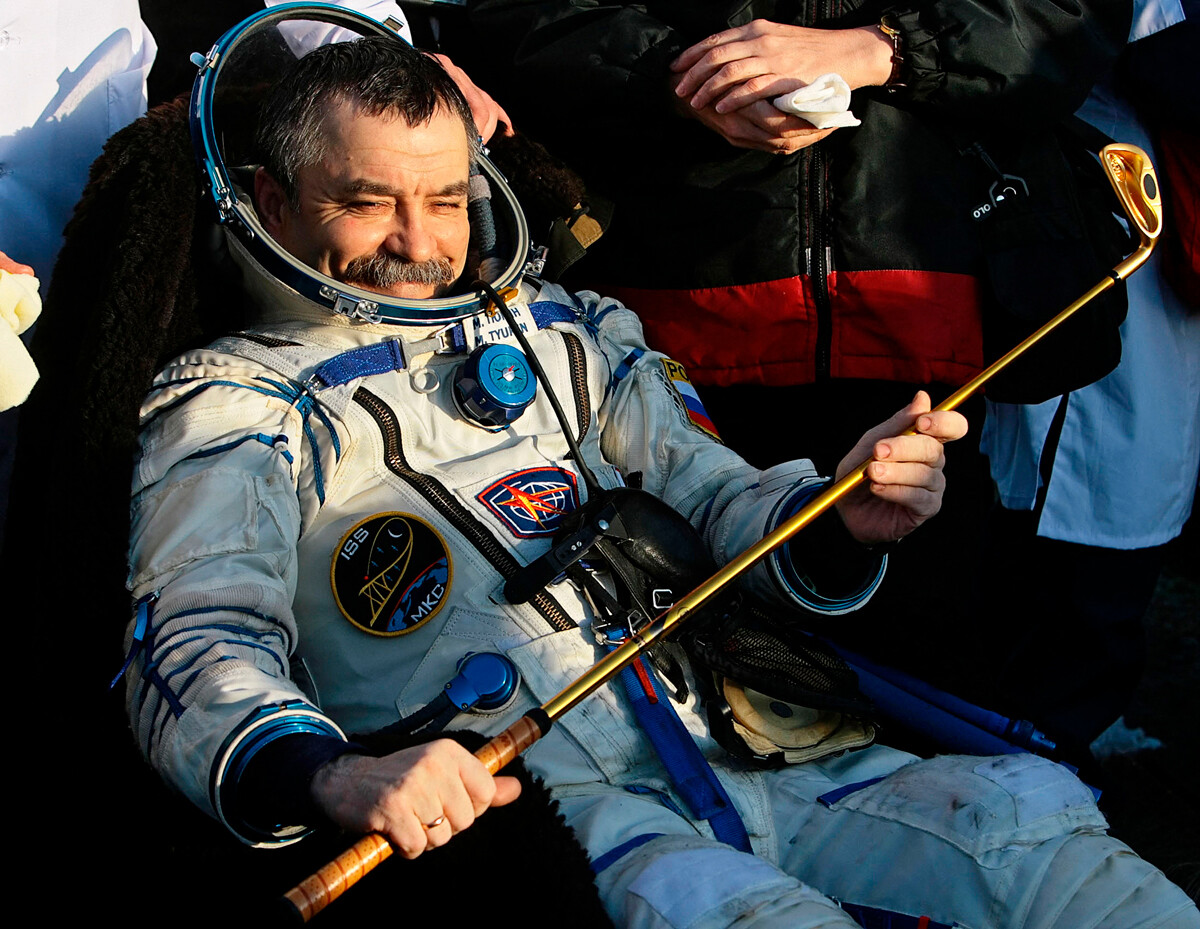
That’s right, they once sent a golf club and balls to space. In 2006, cosmonaut Mikhail Tyurin hit a ball into orbit during his space walk, as part of an ad campaign for a company called ‘Element 21’. The ball was a special kind, made from a particular alloy and weighing only 3 grams, 15 times less than the usual golf standard. The ball soon burned up in the upper layers of the atmosphere.
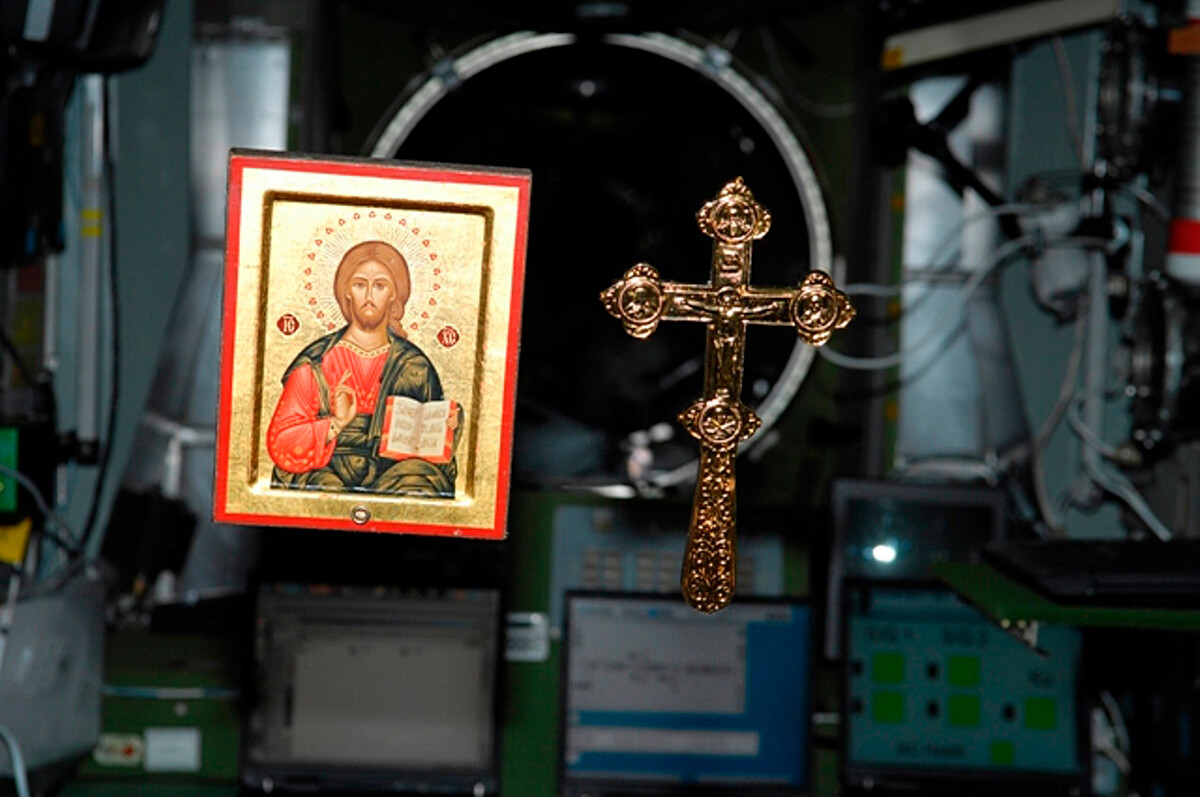
We’re talking about Russia here – and, as you might expect, icons are almost a mainstay on the ISS. Cosmonaut Oleg Artemyev reports getting requests from Orthodox priests to bring icons along for the ride as a frequent reason, but also claims the cosmonauts themselves insist on bringing them.
Of all the things ever taken to space by Russians, this is, perhaps, the most unusual one. Taras Zheltyshev’s sculpture ‘Aspr1m’ was sent up in August 2023 for an entire month. All of Zheltyshev’s art pieces have a story, with ‘Aspr1m’ representing the “Station of Curiosity”' in his fictional universe. “For me, it’s an opportunity to show that art can transcend traditional boundaries,” the author explained.
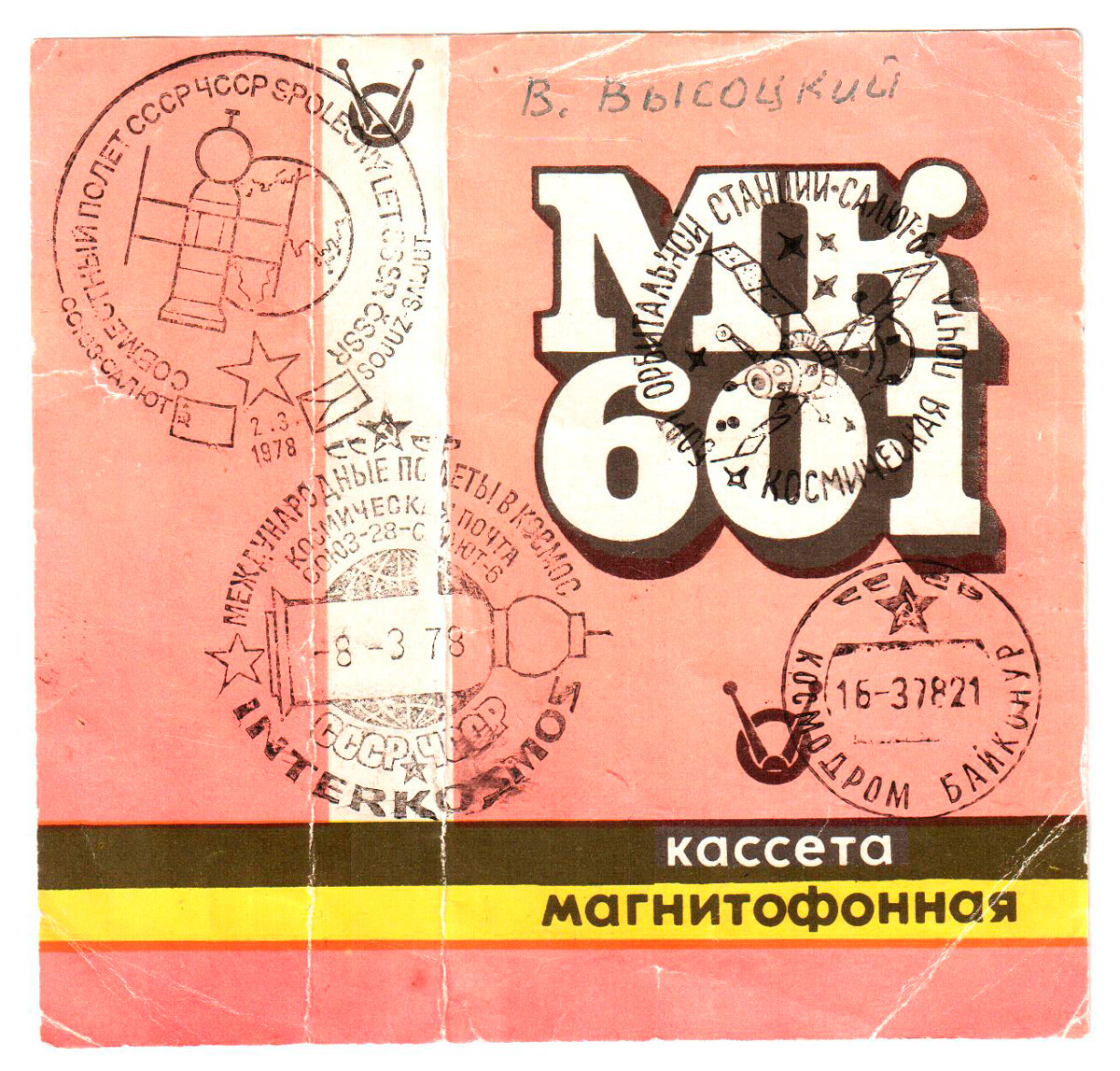
In 1977, cosmonauts Yury Romanenko and Georgy Grechko traveled to the ‘Salyut-6’ orbital station with an audio tape containing Vladimir Vysotsky’s music. They had planned on giving it to the artist upon return to Earth with a special seal, proving that it had made it into orbit, but ultimately decided to leave it aboard the space station for future crews to enjoy. Although the tape itself stayed in space, the cosmonauts did bring back the case with the seal, which they presented to Vysotsky after one of his shows.
If using any of Russia Beyond's content, partly or in full, always provide an active hyperlink to the original material.
Subscribe
to our newsletter!
Get the week's best stories straight to your inbox